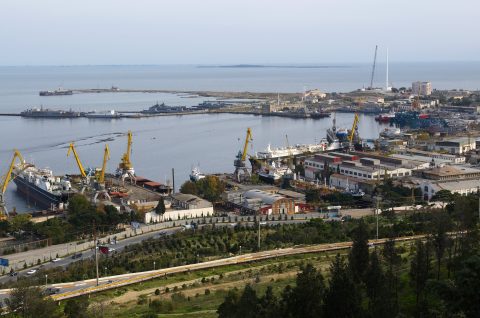Ever lasting Ever Given effects on New Silk Road

The grounding of the Ever Given did not just pose questions to the Suez Canal, it posed questions for world trade. The New Silk Road may have been around since the times of Genghis Khan, but shipping has been the dominant means ever since. Rail freight may have many advantages, but maritime capacity is still as invincible as Khan’s invaders. If the biggest ships can carry over one hundred train loads, how does rail freight fit into the future international trade picture?
Do you want to read the full article?
Thank you for visiting RailFreight.com. Become a member of RailFreight Premium and get full access to all our premium content.
Are you already a member?
Having problems logging in? Call +31(0)10 280 1000 or send an email to customerdesk@promedia.nl.




